Deeper underground: a new Czech museum is a Palaeolithic treasure trove

The excavation of a complex of settlements from the Palaeolithic era in Lower Vestonice and Pavlov in Southern Moravia, near the Czech-Austrian borders, revealed a number of stone and bone tools, art objects and human skeletal remains, worth decades of extensive research. Thanks to them, the area is one of the hottest archaeological sites in Europe. Many of these artefacts are now accessible to visitors, who can browse through the exciting historical discoveries in the newly opened Archeopark museum, in the village of Pavlov.
The architecture of the new museum, which hosts not only the significant archaeological findings, but also a prehistoric burial ground and extensive documentation of the everyday and spiritual life of the Palaeolithic people, is just like their culture: strongly rooted in the earth. Local architects Radko Květ and Pavel Pijácek envisioned the building as a partially underground space. Several concrete volumes, sharp skylights and openings peak above ground, marking the museum’s presence in the landscape, mimicking the prehistoric architecture of dolmens and menhirs.
A gradually narrowing corridor leads visitors underground, to the main museum hall. Its abstract decoration is inspired by prehistoric engravings, cut through the side of the concrete wall. Inside, this contemporary concrete-and-wood grotto is divided into two levels that create a complex subterranean landscape. From the main hall visitors can access smaller, often deliberately claustrophobic spaces, resembling caves, where displays continue. The museum's interactive digital exhibition by Brno-based graphic studio Pixl-e is complemented with murals by Czech illustrator Michal Bacák, as well as a relief by artist Petr Písarík.
The Pavlov museum may appear relatively modest and small in size, but it packs quite a punch – its significance reaching far beyond the geographical borders of its region.

The largely-subterranean museum was designed by local architects Radko Květ and Pavel Pijácek, who envisioned several concrete volumes peaking above ground, marking its presence
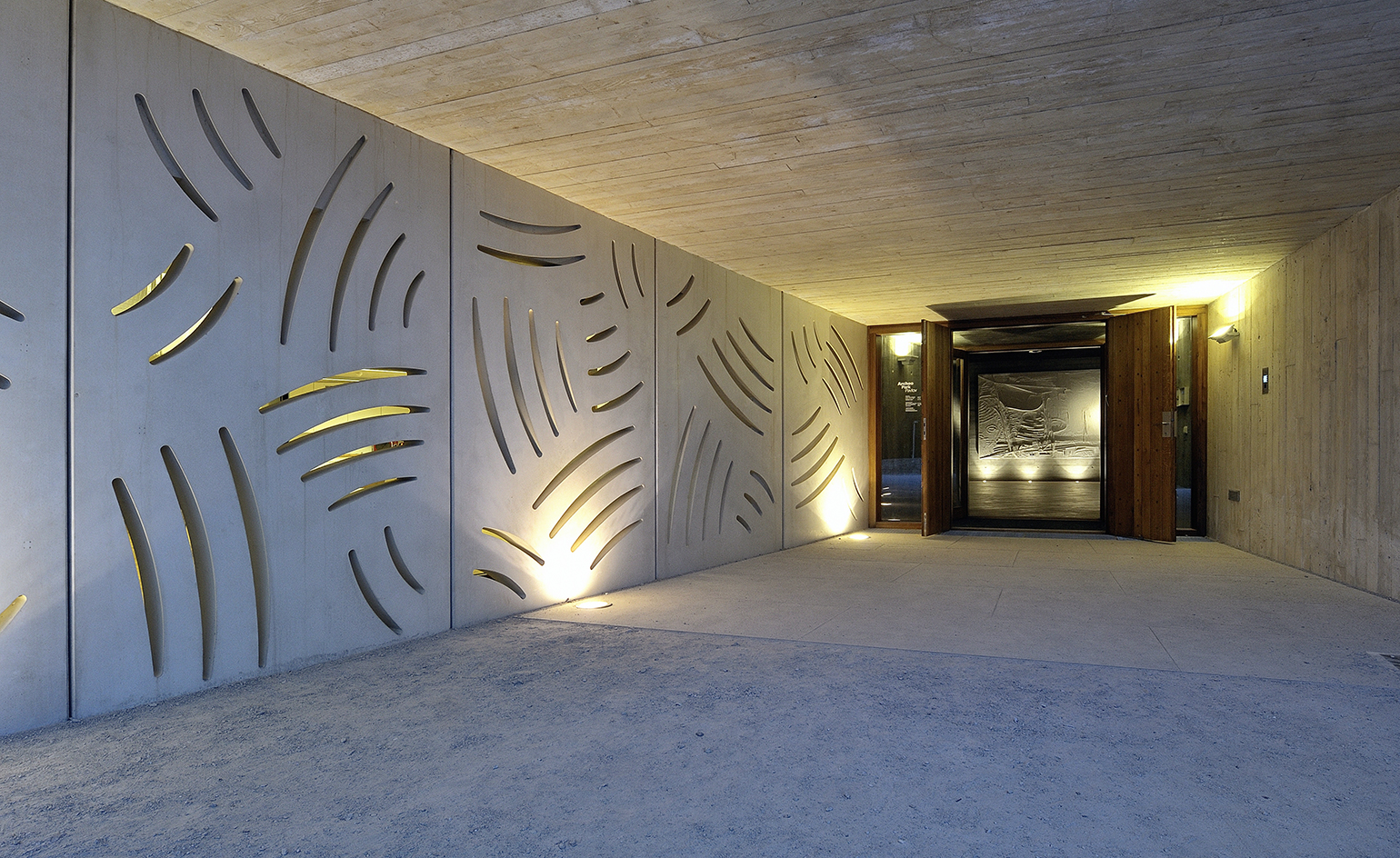
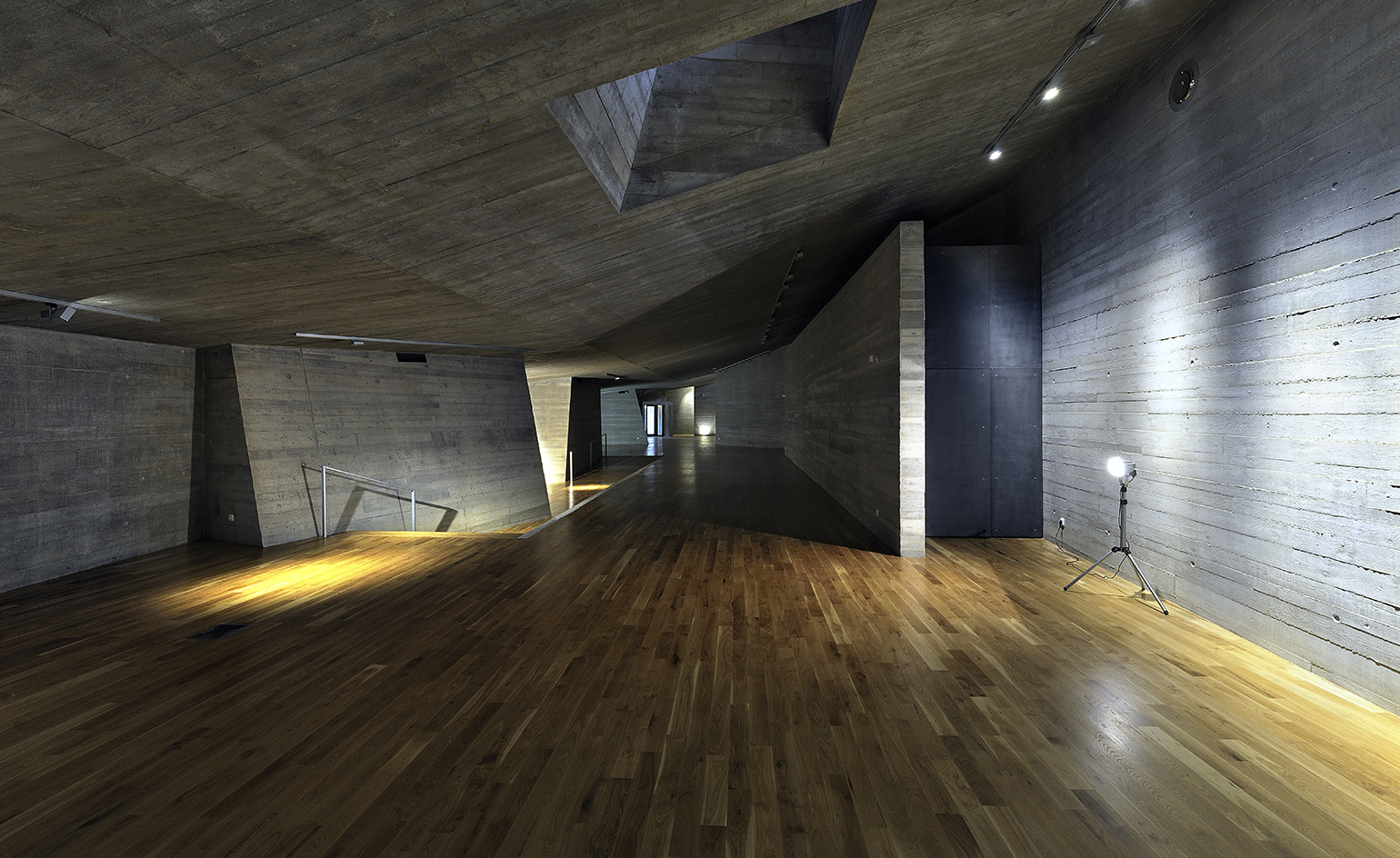
The structure is split into two levels and features interactive digital exhibition design by Brno-based graphics studio Pixl-e

Several smaller, often deliberately claustrophobic spaces that resemble caves, host further displays

The exhibits include significant archaeological findings, but also a prehistoric burial ground and extensive documentation of the everyday and spiritual life of the Palaeolithic people
INFORMATION
For more information, visit Radko Květ’s website
ADDRESS
Archeopark Pavlov
23. dubna 264
691 29 Pavlov
Czech Republic
Receive our daily digest of inspiration, escapism and design stories from around the world direct to your inbox.
Adam Štěch is an architectural historian, curator, writer and photographer, based in Prague. He is the author of books including Modern Architecture and Interiors (2006), editor of design magazine Dolce Vita and a contributor to titles including Wallpaper* and Frame, while also teaching at Scholastika in Prague.
-
 Terrified to get inked? This inviting Brooklyn tattoo parlour is for people who are 'a little bit nervous'
Terrified to get inked? This inviting Brooklyn tattoo parlour is for people who are 'a little bit nervous'With minty-green walls and an option to 'call mom', Tiny Zaps' Williamsburg location was designed to tame jitters
-
 Let’s hear it for the Chopard L.U.C Grand Strike chiming watch
Let’s hear it for the Chopard L.U.C Grand Strike chiming watchThe Swiss watchmaker’s most complicated timepiece to date features an innovative approach to producing a crystal-clear sound
-
 Form... and flavour? The best design-led restaurant debuts of 2025
Form... and flavour? The best design-led restaurant debuts of 2025A Wallpaper* edit of the restaurant interiors that shaped how we ate, gathered and lingered this year
-
 The Architecture Edit: Wallpaper’s houses of the month
The Architecture Edit: Wallpaper’s houses of the monthFrom wineries-turned-music studios to fire-resistant holiday homes, these are the properties that have most impressed the Wallpaper* editors this month
-
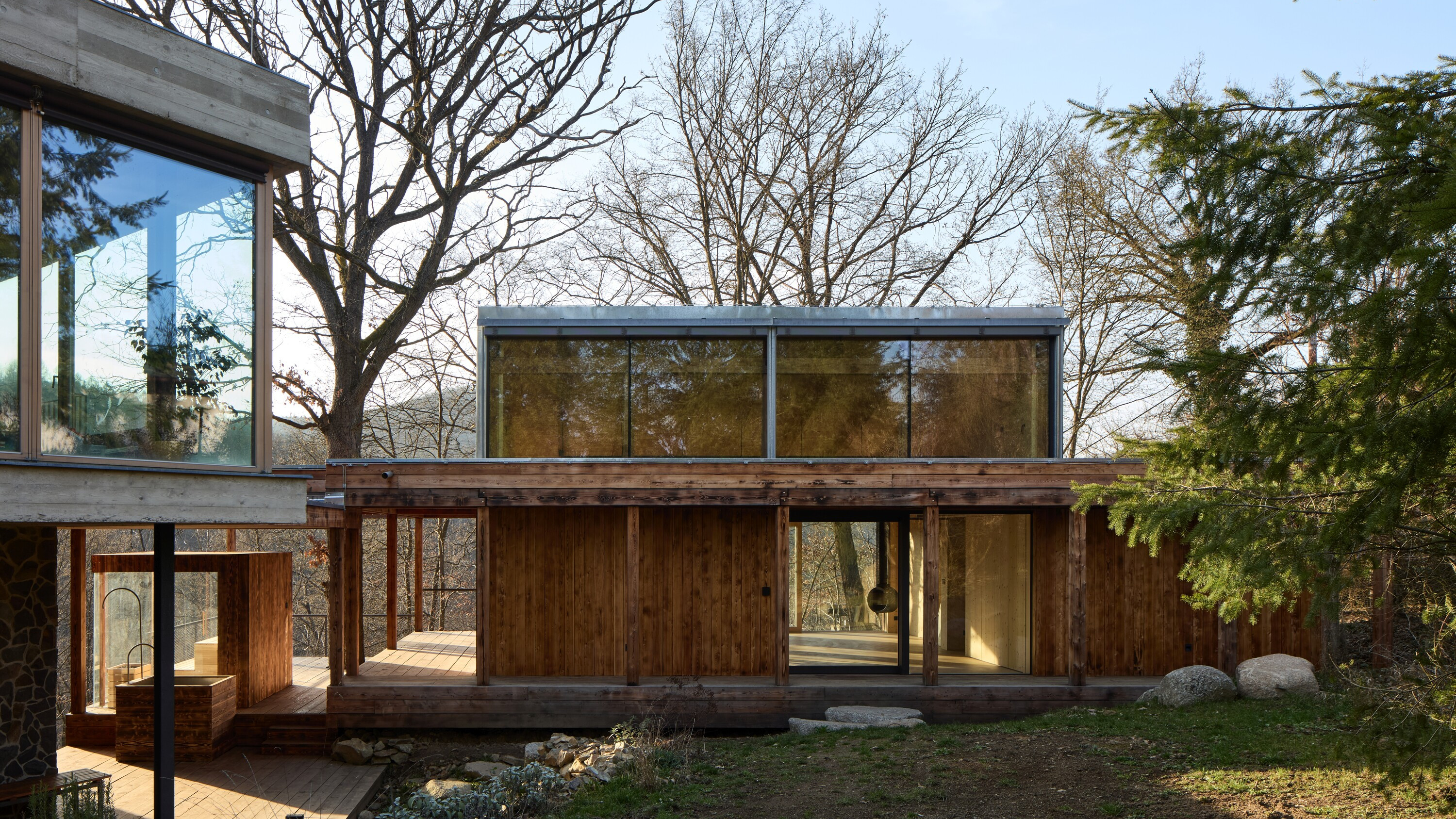 A new timber studio in the Czech Republic is carefully integrated into its hillside site
A new timber studio in the Czech Republic is carefully integrated into its hillside sitePäivä Architekti’s Czech Studio Above the Golden Canyon takes advantage of impressive views
-
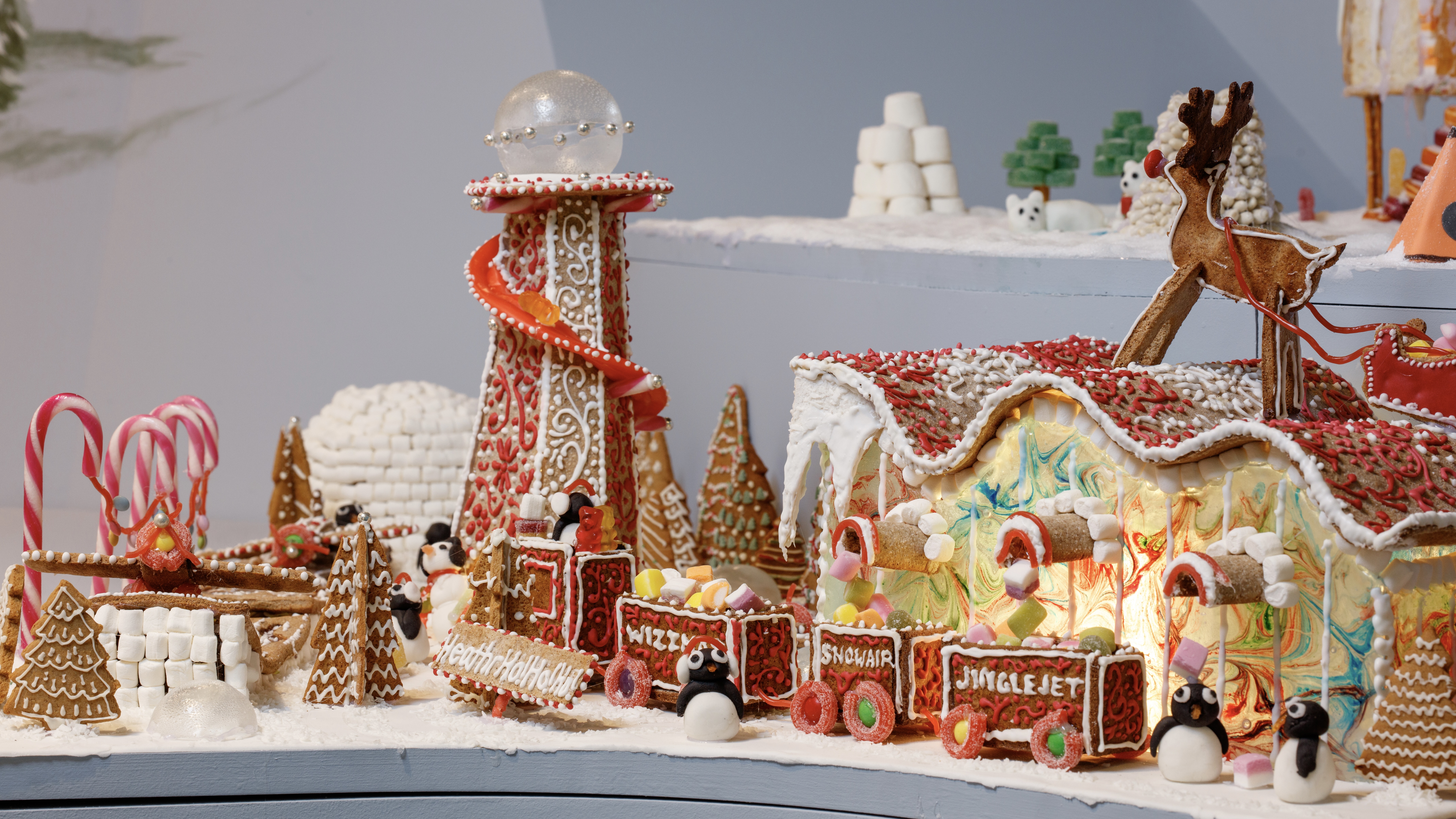 Welcome to The Gingerbread City – a baked metropolis exploring the idea of urban ‘play’
Welcome to The Gingerbread City – a baked metropolis exploring the idea of urban ‘play’The Museum of Architecture’s annual exhibition challenges professionals to construct an imaginary, interactive city entirely out of gingerbread
-
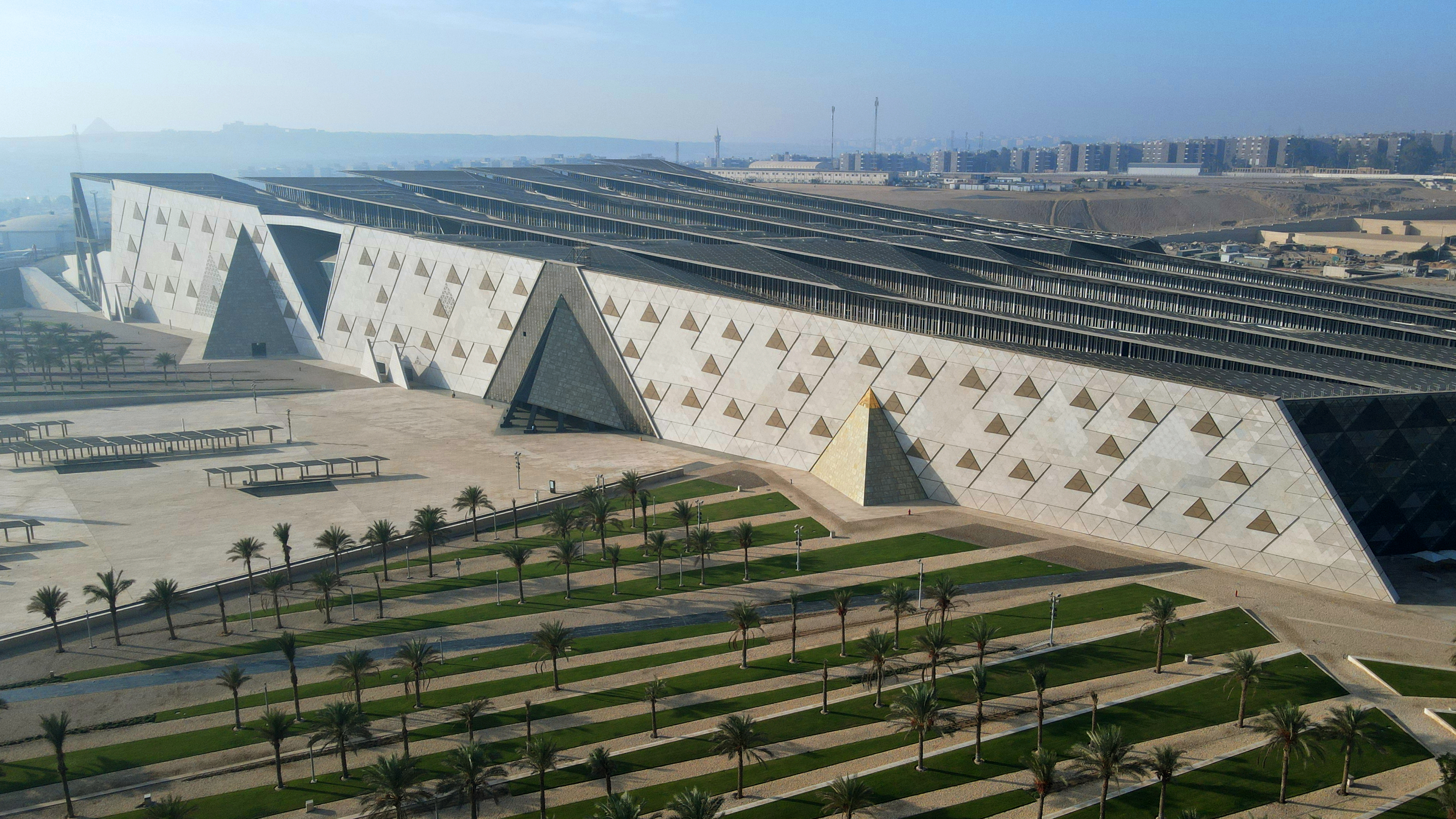 The Grand Egyptian Museum – a monumental tribute to one of humanity’s most captivating civilisations – is now complete
The Grand Egyptian Museum – a monumental tribute to one of humanity’s most captivating civilisations – is now completeDesigned by Heneghan Peng Architects, the museum stands as an architectural link between past and present on the timeless sands of Giza
-
 A beautifully crafted concrete family house in a Mexican suburb is a contemplative oasis
A beautifully crafted concrete family house in a Mexican suburb is a contemplative oasisHW Studio have shaped a private house from raw concrete, eschewing Brutalist forms in favour of soft light, enclosed spaces and delicate geometries
-
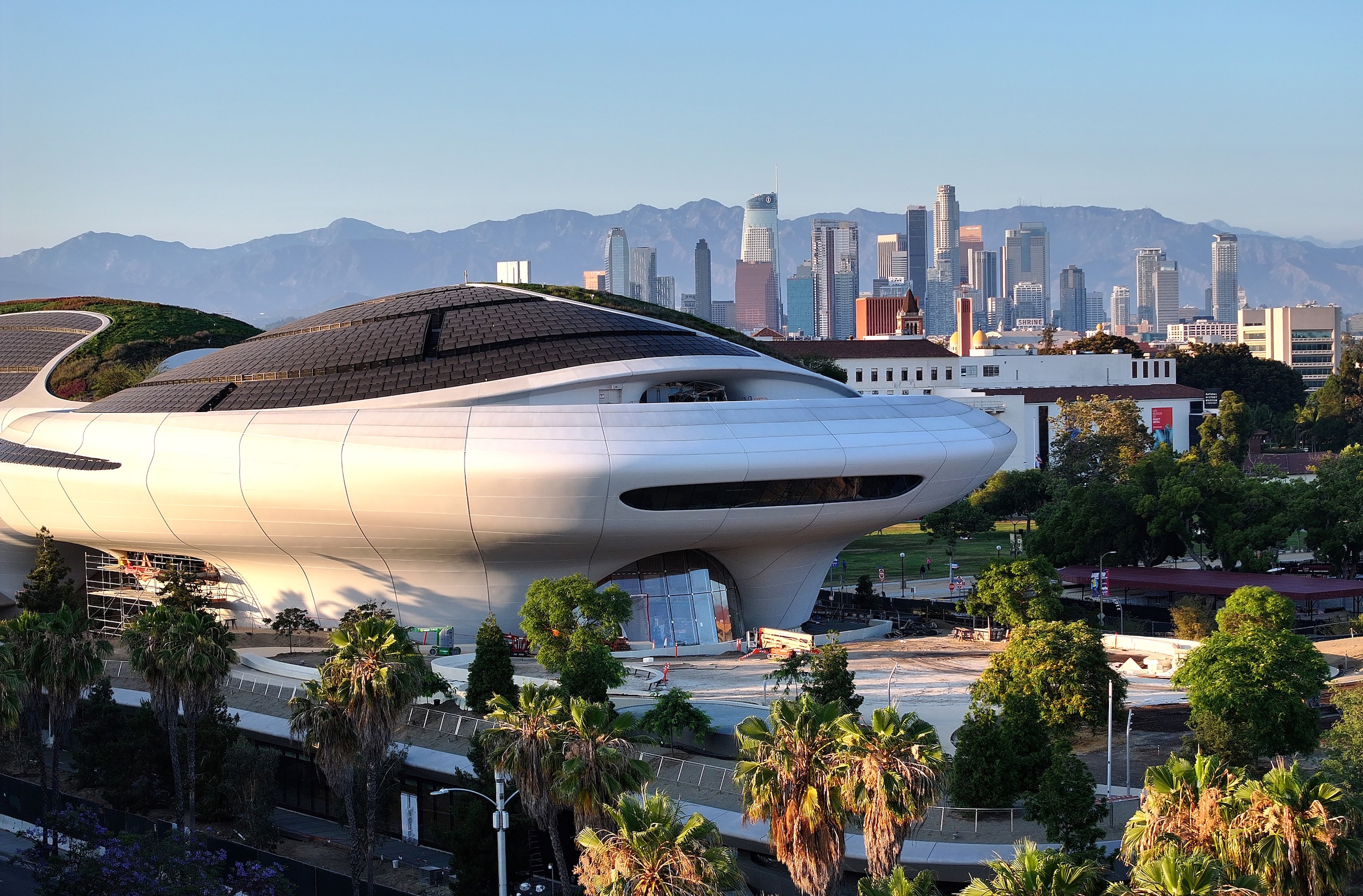 George Lucas’ otherworldly Los Angeles museum is almost finished. Here’s a sneak peek
George Lucas’ otherworldly Los Angeles museum is almost finished. Here’s a sneak peekArchitect Ma Yansong walks us through the design of the $1 billion Lucas Museum of Narrative Art, set to open early next year
-
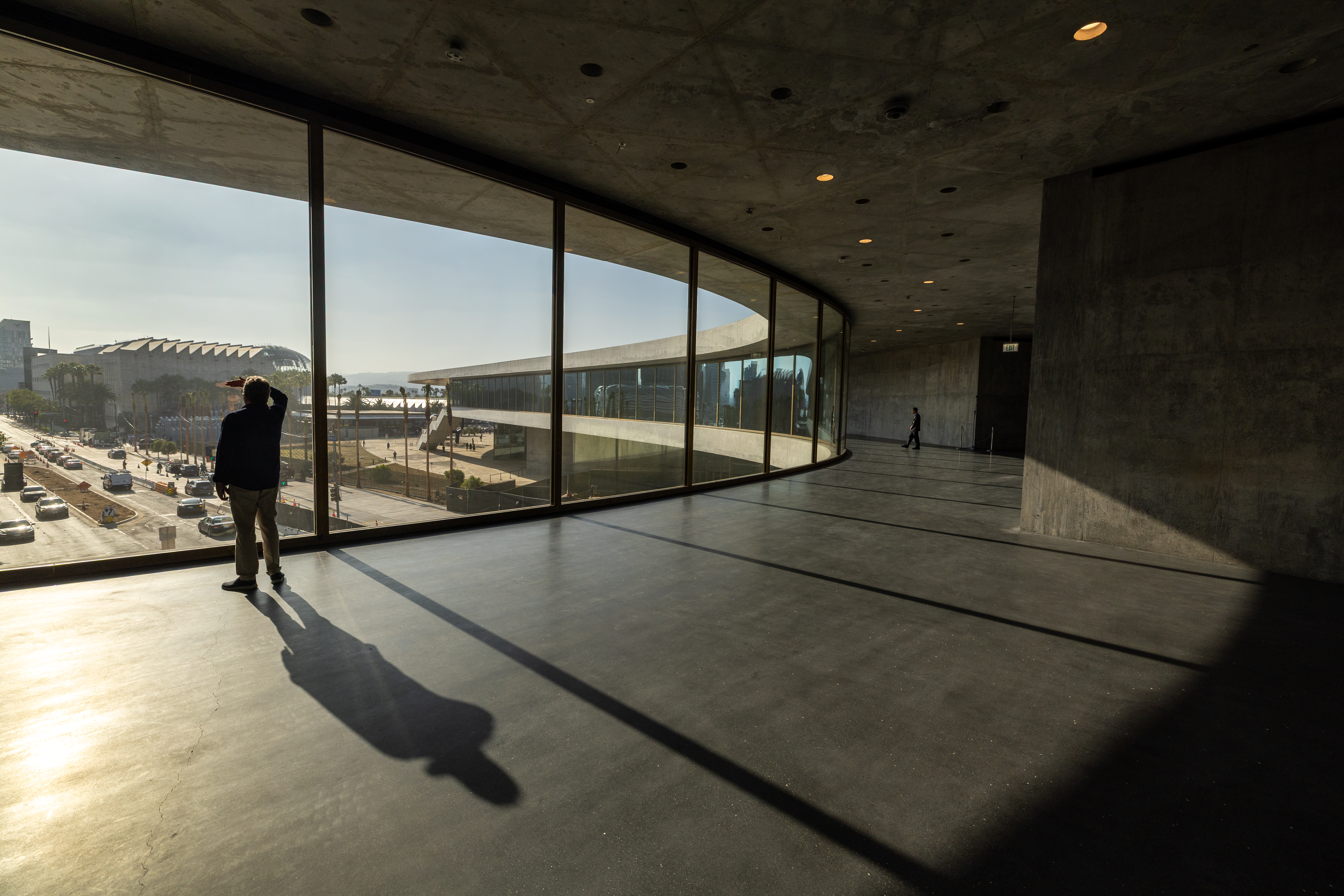 The great American museum boom
The great American museum boomNine of the world’s top ten most expensive, recently announced cultural projects are in the US. What is driving this investment, and is this statistic sustainable?
-
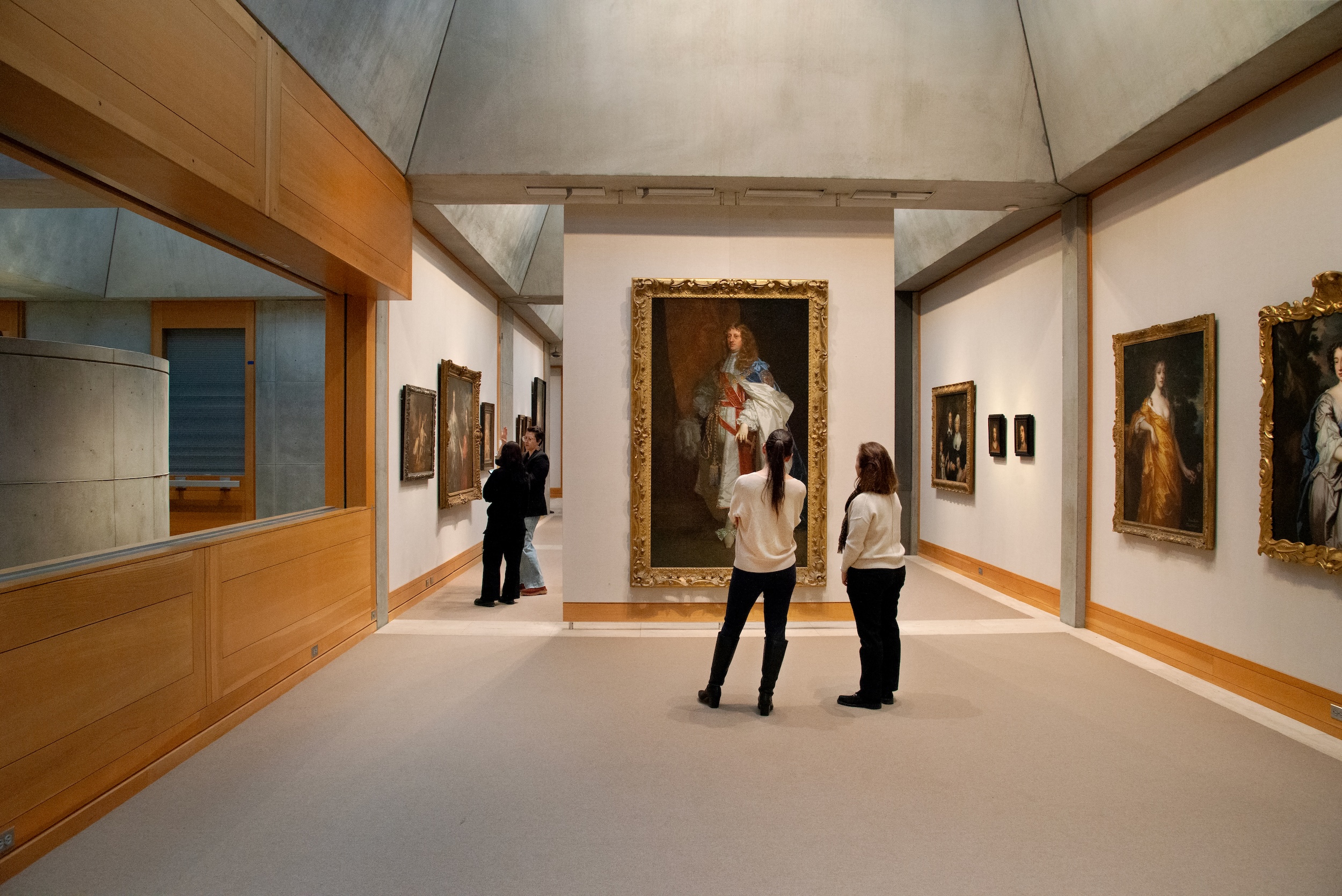 The Yale Center for British Art, Louis Kahn’s final project, glows anew after a two-year closure
The Yale Center for British Art, Louis Kahn’s final project, glows anew after a two-year closureAfter years of restoration, a modernist jewel and a treasure trove of British artwork can be seen in a whole new light